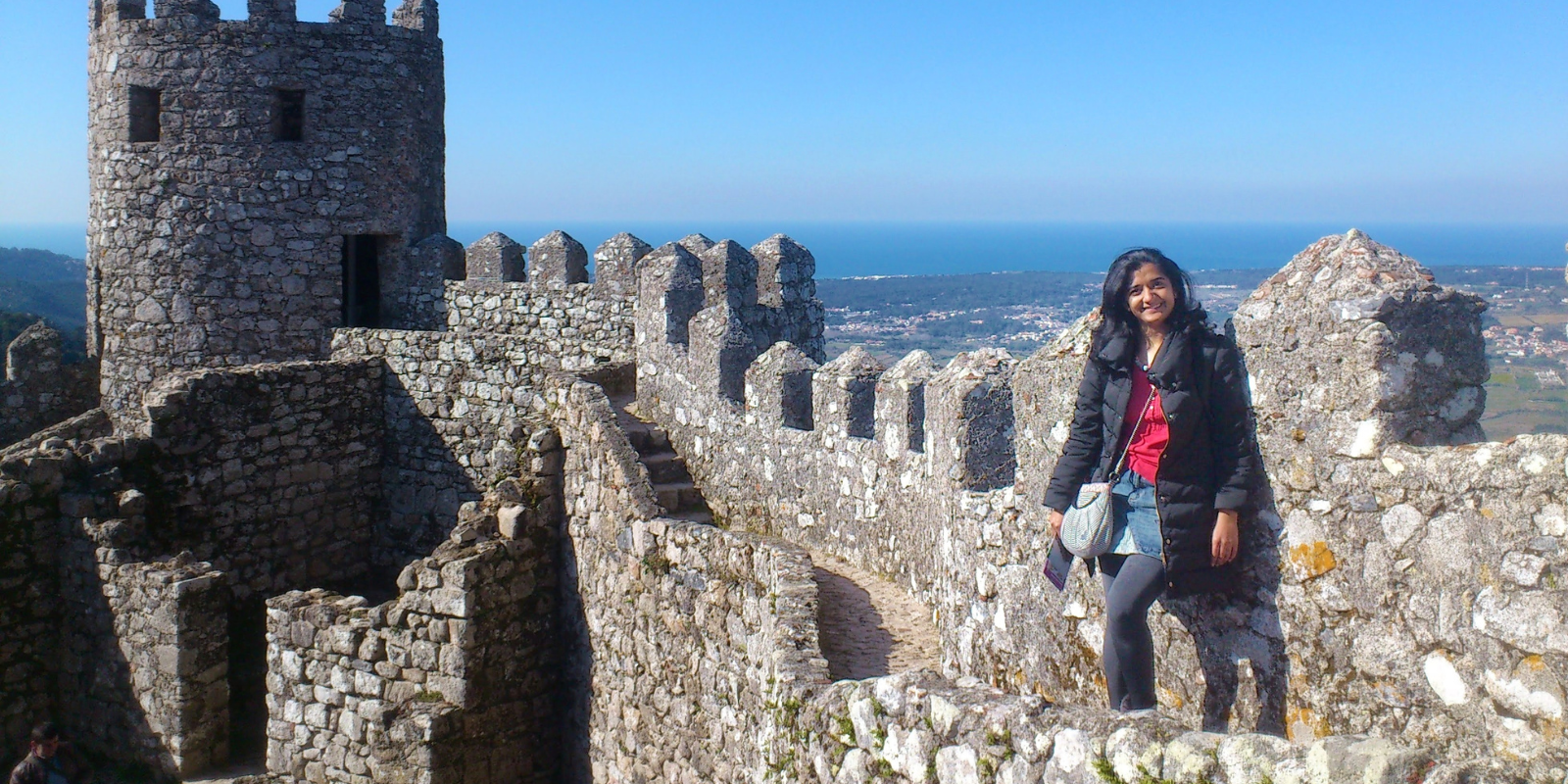
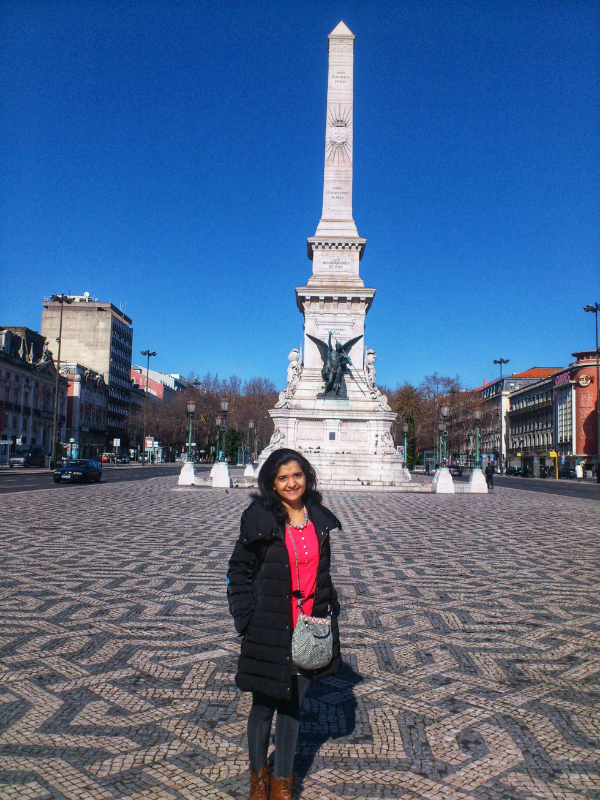
Anika Sabharwal 30 Dec, 2024
I am sorry, I can’t make it!” With that one, last minute phone call from my friend, my much awaited plans of going to Portugal came crashing down, with just two days to go.
My heart ached—I desperately wanted to go but was apprehensive of travelling solo. Cringe dialogue from ‘Jab we met’ rang in my ears: Akeli ladki khuli tijori ki tarah hoti hai. But then I remembered my mom’s encouraging words throughout my life: “Tu mera sher puttar hai—travel as much as you can, live your life.” And finally, a pep-talk from a friend who travels solo encouraged me to take a leap of faith and embark on this journey. So, here I was sitting late at night planning my itinerary, booking hostels and transportation, etc. Little did I realise that it was going to be an epic, eye-opening, heart-warming, roller-coaster adventure.
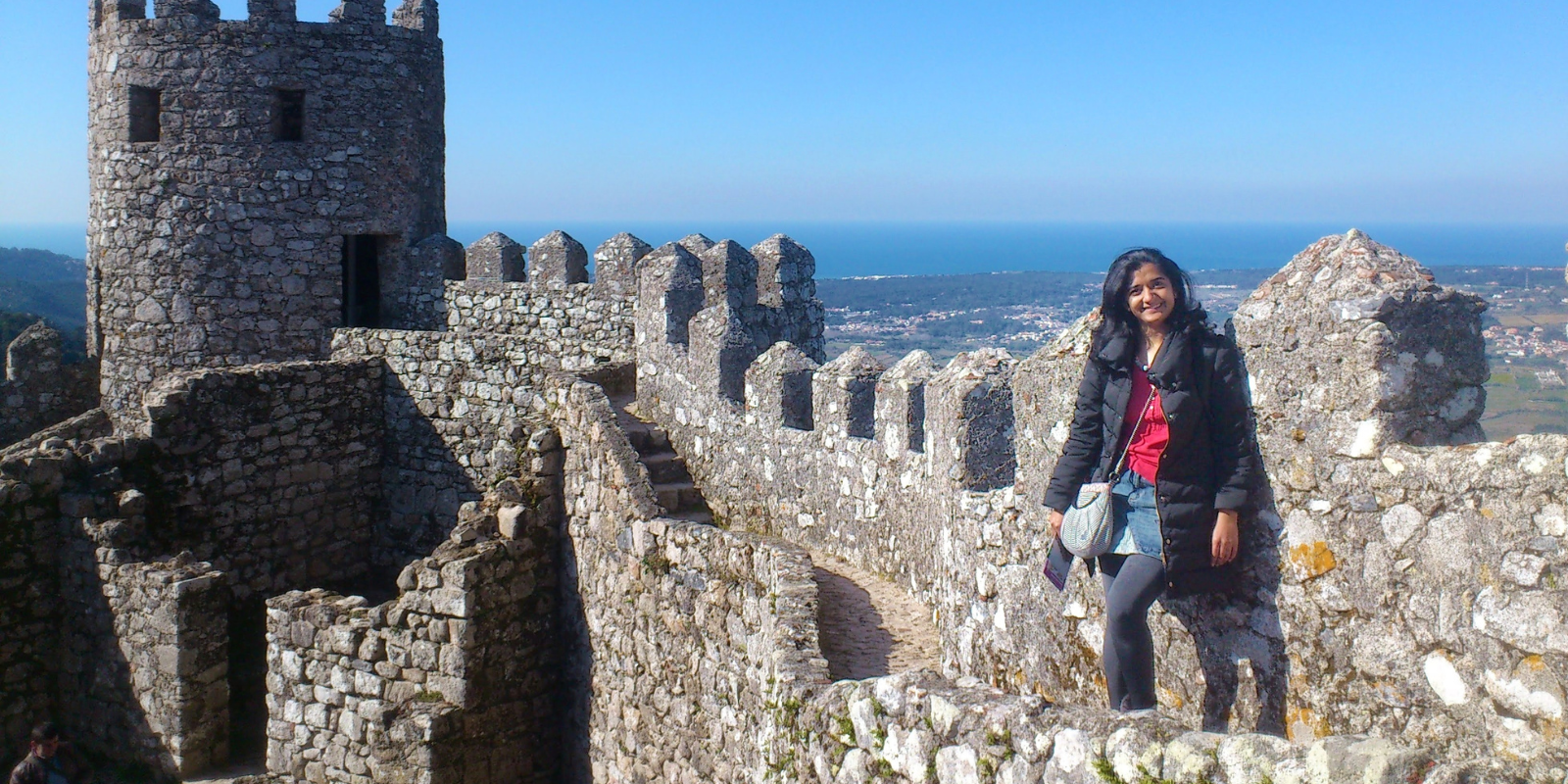
I was in London, so flew to Lisbon on an early-morning flight (Tip: easyJet and Ryanair are budget-friendly carriers in UK/Europe) and checked into my hostel dorm in the heart of the city, and close to transport options. It also had a kitchen, very helpful for whipping up some comfort food (read Maggi).
At the hostel, I met a sweet old gentleman (let’s call him Mr S) who was visiting Portugal from the UK for a week. We had a lovely time talking and not until I was leaving Lisbon did I realise how sweet he really was. More on that story later, but first, Lisboa…
Day One: Capital Views
Built in the 16th-century, Jerónimos Monastery is a UNESCO World Heritage Site, and a key symbol of Portugal’s era of exploration. Designed in an impressive Gothic style, it was primarily funded by tax on the spice-trade ships to India (Goa and Kochi)—no wonder the architecture of houses in Portugal reminded me so much of Goa!
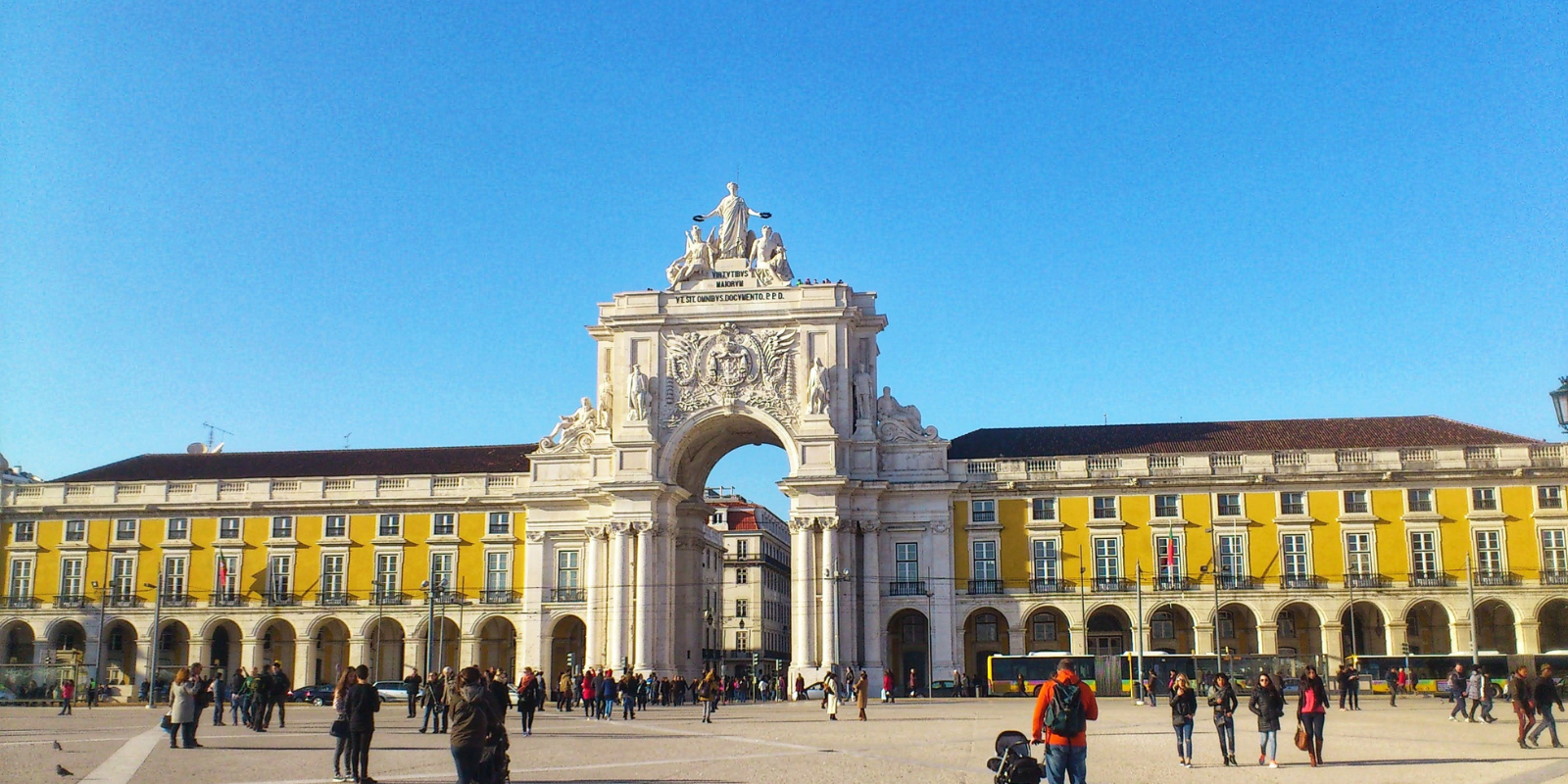
In the monastery is interred the remains of numerous famous Portuguese, including Vasco da Gama, who established the first ocean route between Europe and India, thus establishing a trade link and eventually colonising swathes of Asia and Africa. After eyeing da Gama’s tomb, and wondering, ‘What if he had never landed in India?’ I explored the exquisite architecture, with the views getting even better on the upper floor.
Belem Tower, bang opposite Jerónimos Monastery, is a fortification that served as a point of embarkation and disembarkation for Portuguese sea explorers, and also as a gateway to Lisbon. You don’t really need to buy a ticket for views from the top, for it can be appreciated from the outside.
By now, it was late afternoon, time, I decided, to take a look at Alfama, Lisbon’s oldest district. With its cobbled streets, narrow lanes, traditional houses and sunset views, it was high on my must visit list. The historic São Jorge castle sits atop the hill in Alfama, from where one can watch the sun go down. En route were colourful houses featuring cute little balconies with laundry hanging on clotheslines, looking as if straight out of a movie.
A steep climb took me to Miradouro Da Senhora Do Monte, an open space famous for its lovely sunset panoramas, which was starting to fill up with tourists. I quickly chose a good spot, and with the sun setting, the skies turned into an artist’s palette. In the distance, I could see the towering São Jorge, enchanting old-style houses along the slope, a gorgeous sea in the background, and glimmering lights illuminating the scene at dusk. What a perfect way to end the day! (Tip: Use the Navegante card for hassle-free travel in public transport, including trams)
Day Two & Three: Lisboa & Sintra
Next day I reserved for Sintra, a little more than an hour away from Lisbon. After taking an early-morning train, I hopped on to Scotturb bus no. 434, which runs in a loop to cover Castelo dos Mouros (Castle of the Moors) and Pena Palace (you can also take a direct cab from Lisbon—if in a group—or a tour bus).
Located on the top of a hill, the Moorish Castle (as it is also known) affords panoramic views of the surrounding area. It is a mighty military fortification built in the 8th and 9th centuries that served as a watchtower for Lisbon and its neighbours. The vistas are striking and I was especially mesmerised by the steep hills and vast expanses of green melting away into the sea (but be prepared for the challenging climbs!).
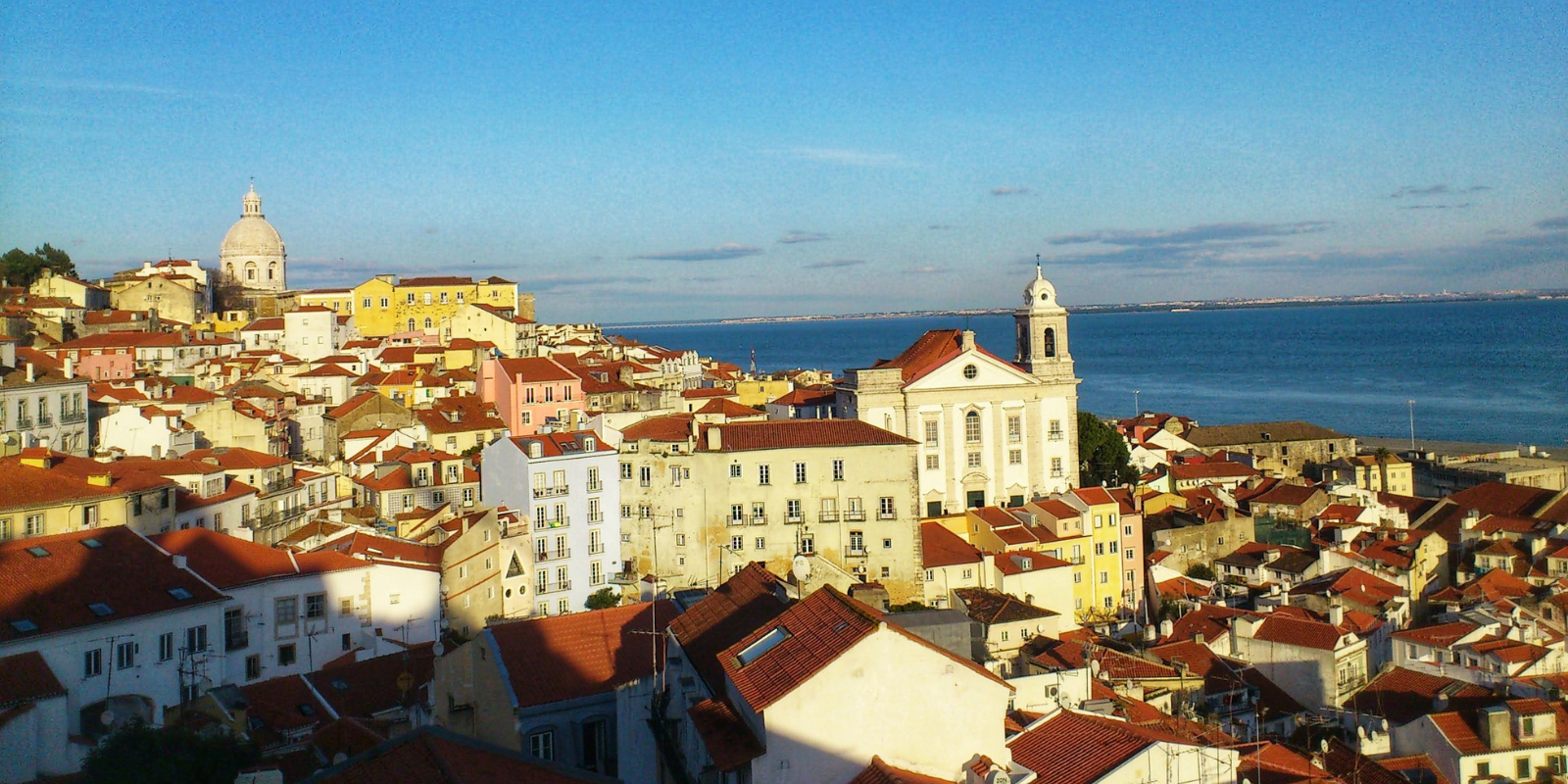
Once done with the castle, I quickly checked out the local shops and enjoyed looking at some lovely traditional Portuguese tiles, buying one as a memento before heading off to Pena Palace. If you have seen pictures of Sintra, you must have been left captivated by the palace. It is a visual delight with its quirky red, yellow and blue exteriors, and a romantic mix of various architectural styles, including neo-Gothic, neo-Moorish, neo-Manueline and neo-Renaissance.
The interiors are even prettier with gorgeous stuccos and wall/ceiling paintings that deceive you into thinking they are real (an effect known as Trompe-l’œil in French). For instance, some walls have been painted with doors opening into hallways and you have to look really closely to understand it’s all just a work of art. Even the plentiful gardens are exquisite, with plants from all over the world.
On the following morning, I headed to Praça do Comércio, a humongous central plaza by the harbour that houses important government buildings and ministries (including the Supreme Court). The gateway to Praça do Comércio is Arco do Triunfo (Arch of Triumph), a fine example of Portuguese architecture. It is also a central tram station from where one can catch a ride to their destination. So, I decided to hop onto one to discover the city.
Since it was a Sunday, most of the shops on Lisbon’s streets were shut, which gave me the chance to see (and become thoroughly engrossed in) the city’s colourful graffiti. Some were beautiful pieces of art, others an eyesore, but there is no way you can miss them—in fact, soon after getting off at a station, I saw a bunch of guys painting graffiti on a wall. Though not legal everywhere in Lisbon, graffiti is permitted in some neighbourhoods.
While walking around, I suddenly remembered I had a train to catch to Faro, so I rushed back to the hostel to pick up my luggage. That’s where I bumped into Mr S again (remember the sweet old gentleman I met earlier?). Upon hearing that I was leaving, he kindly offered to drop me at the station. We started walking, me draggingmy luggage stroller on the cobbled street. Mr S instantly scooped up my suitcase and despite my protests, walked all the way to the station with it. He hardly knew me, yet he was ever so helpful. My heart was filled with gratitude. I never imagined my solo trip would be so fulfilling.
(Tip: Buy a combined ticket for seeing the exterior and interior of Pena Palace—you won’t regret it! Also, you definitely need at least a half-day or more here)
Kindness of strangers (and eye-catching Algarve)
In fact, my visit to Portugal was not short of obliging souls, from the train to Faro—where a lady volunteered to drop me at the hostel, and didn’t leave until we were able to place the address and I had checked into my room—to the town itself, where a man thoughtfully offered me a ride to the beach and the train station. As we said goodbye, I reminded myself that this trip wasn’t solo at all; it was soulful.
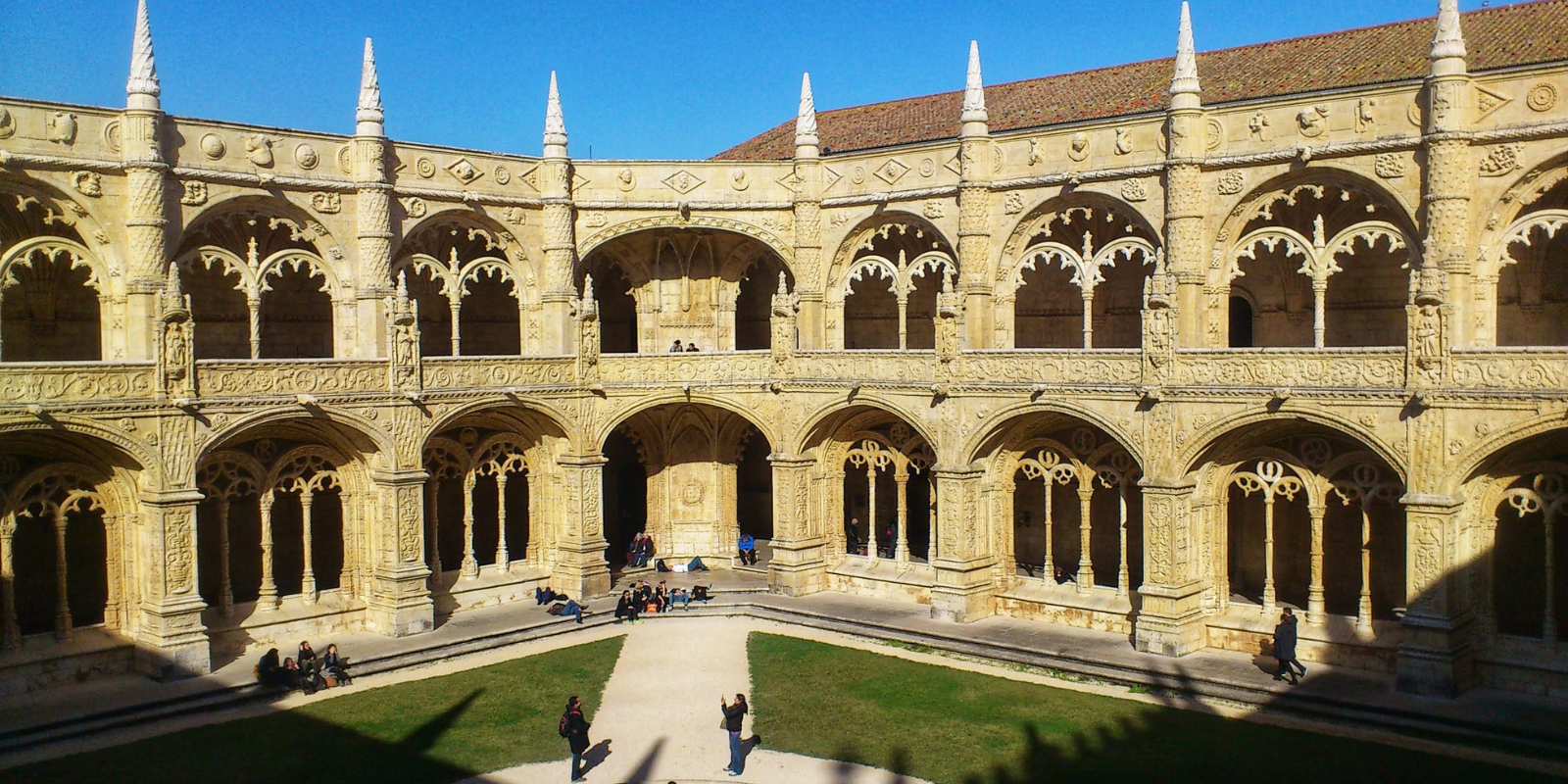
From Faro, I headed to Algarve via a local train, on the way admiring the beautiful Portuguese houses in the countryside. A seaside town famous for its spectacular cliffs and beaches, Algarve is unmissable and must form part of your Lisbon itinerary. Upon reaching the coast, I marvelled at the magnificent rock arches and cosy sand beaches nestled in the coves. I ascended the cliffs and walked around until I found the perfect spot to relax and enjoy the beautiful ocean, golden sands, and contrasting rocky bluffs. I was particularly intrigued by the caves and nooks carved by the unruly waters of the Atlantic.
As I was getting ready to leave Faro, I gifted the owner of the hostel my last packet of Maggi, which he was overjoyed to receive. He too offered to drop me, to the airport—oh girl, was I glad! At the airport, however, it dawned on me that I had come to the end of my sojourn in this remarkable country, a trip full of warmth and generosity. My first ‘solo’ trip had become ‘soulful’ not just because of the wonderful places I had been to but also the super-helpful people I had met throughout this journey.
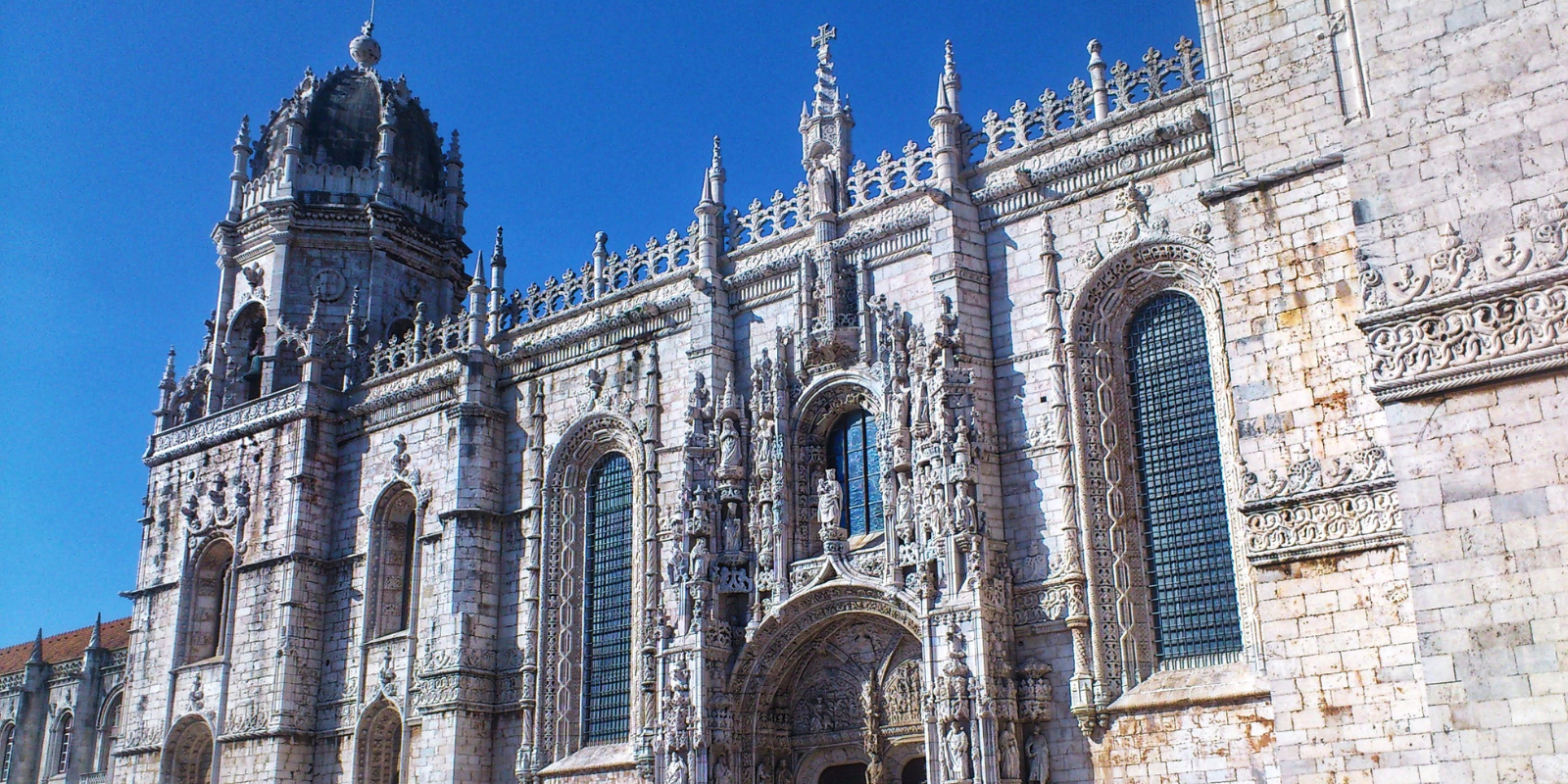
I recognised that when travelling solo, you tend to talk to strangers and locals, opening up to different cultures without prejudice. Also, support is always around the corner. Of course, one needs to be sensible about safety but if you’re ready to embrace new experiences, you will be surprised at what the world has to offer.
And with that thought, I wish you Bon Voyage! Read more: Davos – The Genuine Swiss Alpine Palette